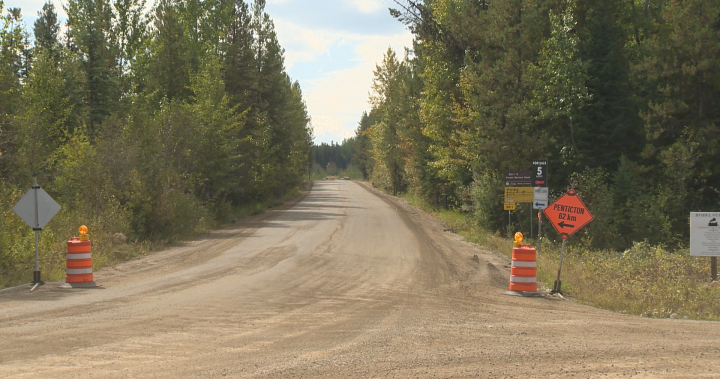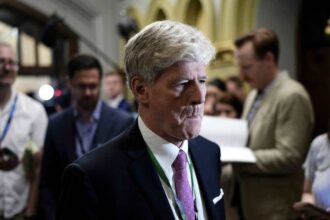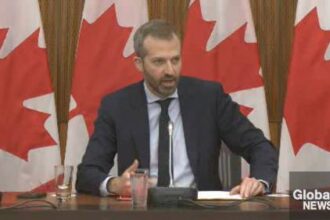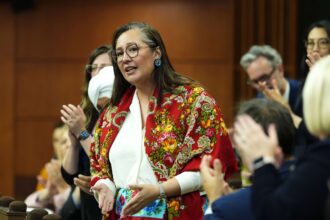The recurring closures of Highway 97 through British Columbia’s Okanagan Valley have sparked urgent calls for action, as frustrated residents and businesses face mounting economic pressures and increasing travel challenges. BC Conservative Leader John Rustad is now demanding both provincial and federal governments commit to developing a secondary route through the region, describing the current situation as “unacceptable” for thousands of British Columbians affected by the disruptions.
“The economic lifeline of our interior communities is repeatedly severed whenever these closures occur,” Rustad stated during a press conference in Kelowna yesterday. “This isn’t just an inconvenience—it’s causing millions in economic damage and creating public safety concerns that can no longer be ignored.”
Highway 97, the primary north-south corridor through the Okanagan, has experienced significant closures due to rockslides and unstable slopes in recent years. The most recent disruption near Summerland began in mid-August, creating extensive detours that add hours to what would normally be short commutes between communities.
According to transportation ministry data, more than 20,000 vehicles typically travel this section of Highway 97 daily, with commercial traffic representing approximately 15% of users. Local business associations report losses exceeding $2 million per week during extended closures, as tourism declines and shipping costs increase dramatically.
The BC Conservatives are pushing for three specific actions: immediate funding for feasibility studies on alternative route options, establishment of a joint federal-provincial task force to expedite planning, and a clear timeline commitment for construction to begin within 18 months.
“Other jurisdictions facing similar geographic challenges have managed to create redundant transportation networks,” Rustad noted. “The Coquihalla Highway wasn’t built overnight, but it transformed British Columbia’s connectivity. We need that same vision for the Okanagan.”
The province’s Transportation Minister, Rob Fleming, has acknowledged the severity of the situation but indicated that geological challenges make quick solutions difficult. “We’re dealing with complex terrain that requires careful engineering assessment,” Fleming said in a statement released Tuesday. “But we recognize the critical importance of this corridor and are exploring all options.”
Locals like Janet Harrington, who owns a catering business in Peachland, describe the real-world impact of these disruptions. “I’ve had to cancel contracts because I simply can’t guarantee I’ll make it to events on time,” Harrington explained. “Some days the highway is open, other days it’s closed with little warning. My business can’t operate with this level of uncertainty.”
The recurring nature of these closures has intensified calls for action. Since 2019, this section of Highway 97 has been fully or partially closed for more than 75 days total due to slope instability issues, according to ministry records.
Federal involvement would be necessary for a project of this scale, transportation experts note. Similar infrastructure projects elsewhere in Canada have typically involved cost-sharing arrangements between provincial and federal governments, particularly for highways designated as part of the national transportation network.
As geological assessments continue on the current trouble spots, residents and business owners throughout the Okanagan are watching closely to see whether this push for a secondary route will gain the political momentum needed to move from concept to reality.
The question now facing both levels of government is clear: can British Columbia afford not to invest in transportation redundancy for one of its most economically vibrant regions, or will the Okanagan continue to face these disruptive and costly highway closures for years to come?










